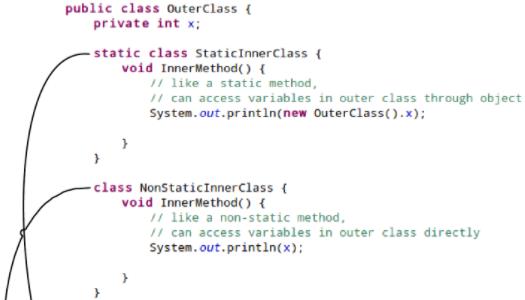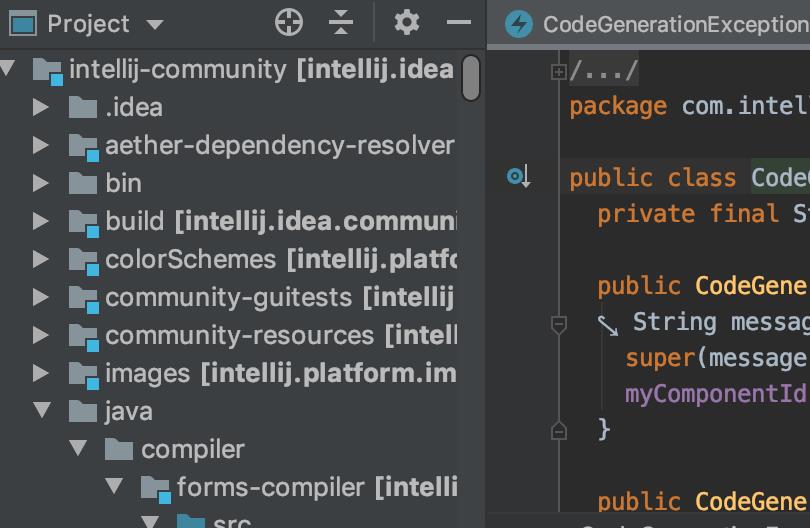Break语句有两种形式: 标记和未标记。您在前面关于 switch 语句的讨论中看到了未标记的表单。您还可以使用未标记的 break 来终止 for、 while 或 do-while 循环,如下面的 BreakDemo 程序所示:
class BreakDemo {
public static void main(String[] args) {
int[] arrayOfInts =
{ 32, 87, 3, 589,
12, 1076, 2000,
8, 622, 127 };
int searchfor = 12;
int i;
boolean foundIt = false;
for (i = 0; i < arrayOfInts.length; i++) {
if (arrayOfInts[i] == searchfor) {
foundIt = true;
break;
}
}
if (foundIt) {
System.out.println("Found " + searchfor + " at index " + i);
} else {
System.out.println(searchfor + " not in the array");
}
}
}
这个程序在一个数组中搜索数字12。Break 语句在找到 for 循环的值时终止该循环。然后,控制流在 for 循环之后传输到语句。这个程序的输出是:
Found 12 at index 4
未标记的 break 语句终止最里面的 switch for、 while 或 do-while 语句,但标记的 break 语句终止外部语句。下面的程序 BreakWithLabelDemo 与前面的程序类似,但是使用嵌套的 for 循环在二维数组中搜索值。当找到该值时,一个带标签的 break 将终止外部的 for 循环(标签为“ search”) :
class BreakWithLabelDemo {
public static void main(String[] args) {
int[][] arrayOfInts = {
{ 32, 87, 3, 589 },
{ 12, 1076, 2000, 8 },
{ 622, 127, 77, 955 }
};
int searchfor = 12;
int i;
int j = 0;
boolean foundIt = false;
search:
for (i = 0; i < arrayOfInts.length; i++) {
for (j = 0; j < arrayOfInts[i].length;
j++) {
if (arrayOfInts[i][j] == searchfor) {
foundIt = true;
break search;
}
}
}
if (foundIt) {
System.out.println("Found " + searchfor + " at " + i + ", " + j);
} else {
System.out.println(searchfor + " not in the array");
}
}
}
这是程序的输出。
Found 12 at 1, 0
Break 语句终止带标签的语句; 它不将控制流转移到标签。控制流在标记的(终止的)语句之后立即传输到该语句。




